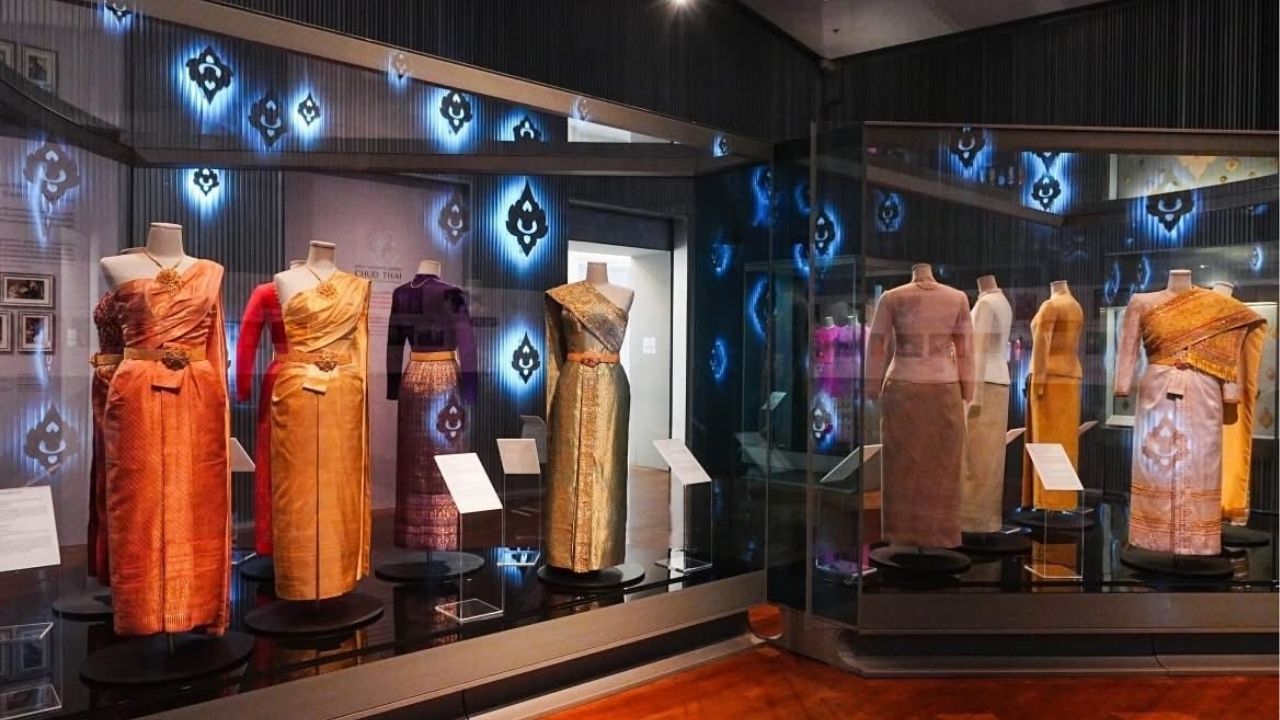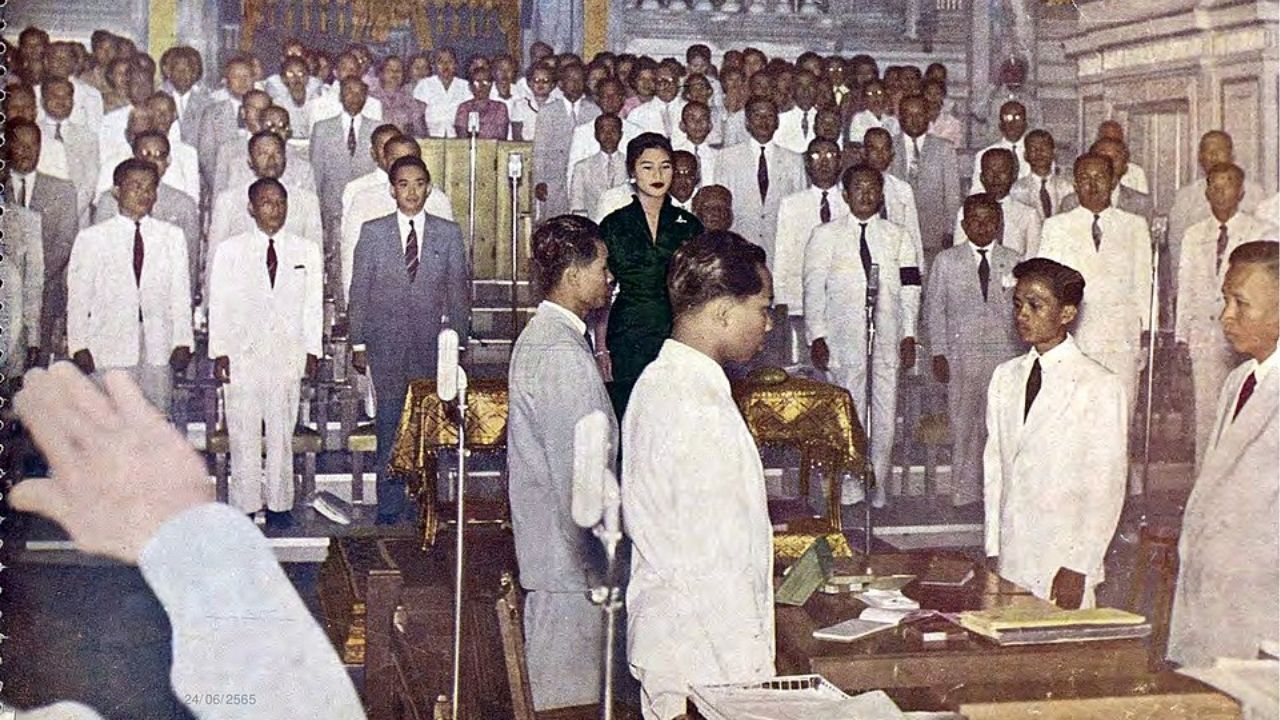Mother of the nation: Queen Sirikit’s influence and why she was beloved
A life of elegance and empathy that demonstrated what it means to reign with heart

The Thaiger key takeaways
- Queen Sirikit was cherished for her cultural devotion, humanitarian spirit, and lifelong service to the Thai people.
- Her advocacy for Thai textiles, rural crafts, and women’s empowerment helped preserve Thailand’s cultural heritage.
- Remembered as the “Mother of the Nation,” her compassion and leadership continue to inspire generations.
For many in Thailand, the name Queen Sirikit evokes more than just royal prestige as it brings to mind warmth, elegance, and deep devotion to the people. Though internationally known as the Queen consort of the late King Bhumibol Adulyadej (Rama IX), to Thais she was far more than a figurehead. and her presence and influence reached across generations and provinces, earning her the beloved title of “Mother of the Nation.”
So why was Queen Sirikit so cherished by the Thai people, and what exactly did she do to earn such enduring love and respect?
On this page
| Section | Short Summary |
|---|---|
| Queen Sirikit: A queen, a mother, and a national symbol | From royal duties to national motherhood, Queen Sirikit shaped Thailand’s identity and inspired generations through her compassion and grace. |
| A lifelong advocate for Thai culture | She revived Thai silk, empowered rural artisans, and turned traditional dress into a symbol of national pride admired worldwide. |
| A tireless humanitarian | Her outreach to remote communities transformed livelihoods, championing education, health, and women’s empowerment across Thailand. |
| Grace, warmth, and quiet strength | Respected for her humility and strength, Queen Sirikit earned affection through direct aid, compassion, and leadership during challenging times. |
| Why Queen Sirikit remains beloved | Her enduring legacy lives in every act of kindness and cultural tradition she nurtured, a timeless reminder of love and unity in Thailand. |
Queen Sirikit: A queen, a mother, and a national symbol
Born in 1932, Queen Sirikit became Queen of Thailand in 1950, just days before her husband’s coronation. Over the next seven decades, she stood firmly by King Bhumibol’s side, not just in ceremonial duties, but in actively shaping the country’s cultural and humanitarian identity.
In 1976, her birthday, August 12, was declared a national holiday and made synonymous with Mother’s Day in Thailand. To this day, it’s celebrated not just with flowers and family gatherings, but with tributes to Her Majesty’s life’s work. It was a fitting title since, after all, she wasn’t just mother to the royal family but seen as a maternal figure to the entire nation.
A lifelong advocate for Thai culture

One of Queen Sirikit’s most lasting contributions lies in her dedication to preserving and promoting Thai culture, especially traditional Thai textiles and handicrafts. At a time when modernisation threatened to erode many of Thailand’s rural traditions, Queen Sirikit stepped in.
She worked tirelessly to revive interest in Thai silk, bringing international attention to its beauty by wearing locally woven fabrics during state visits. She even collaborated with famed French designer Pierre Balmain to design outfits that showcased Thai textiles in a way that was both elegant and modern.
It was a deliberate cultural act. By proudly wearing Thai silk on the global stage, Queen Sirikit breathed new life into an industry that supported rural weavers, especially women, and helped preserve centuries-old craftsmanship.
To this day, her influence can be seen in the popularity of Chut Thai Phra Rajaniyom, the official Thai national dress style for women that she helped create. These elegant designs, now under review for recognition by UNESCO, reflect her vision of a national identity that is both dignified and beautifully Thai.
A tireless humanitarian

What truly endeared Queen Sirikit to the public, however, was her deep commitment to improving the lives of everyday Thais. Throughout her reign, she accompanied King Bhumibol on countless journeys to the most remote corners of Thailand, often visiting communities that had never before seen a royal face.
But these were not photo opportunities. Queen Sirikit met directly with villagers, spoke with artisans and farmers, and listened to their needs. Her initiatives were far-reaching: promoting sustainable agriculture, founding cottage industries, supporting traditional handicrafts, and funding health and education projects.
Under her patronage, rural Thais, particularly women, gained access to training and resources that allowed them to generate income while keeping their cultural traditions alive. Many of these efforts were broadcast nightly in Thailand’s “Royal Bulletin,” where millions of viewers would see the Queen walking through rice fields, talking with children, and sitting among villagers.
These images helped shape a public perception of Queen Sirikit not as a distant monarch, but as a compassionate, hardworking mother who genuinely cared for her people.
Grace, warmth, and quiet strength

Despite the glamour that came with being Queen, those who encountered Her Majesty often spoke of her kindness and humility. She carried herself with poise and dignity, yet remained approachable, especially when among the people.
In 1956, when King Bhumibol temporarily entered the monkhood, Queen Sirikit stepped in as Queen Regent, a rare constitutional role that demonstrated her capability and dedication to duty. It was a pivotal moment that showed her leadership could stand on its own.
Her warmth was not just symbolic. There are numerous stories of her providing direct aid to communities affected by floods, visiting conflict areas in the south, or supporting schools and hospitals in impoverished regions.
In the Muslim-majority provinces of Pattani, Yala, and Narathiwat, she was especially respected for her efforts to promote understanding and inclusion. She often spent extended periods in these areas, earning the trust and affection of local communities.
Why Queen Sirikit remains beloved

Even after her health declined following a stroke in 2012, Queen Sirikit remained a revered presence in Thai life. Each year on Mother’s Day, public buildings still display her portrait, and citizens across the country engage in acts of kindness in her honour.
For many Thais, the grief following her passing was personal. It can feel to a lot of people as if they had lost a family member.
And that is perhaps the clearest sign of why Queen Sirikit mattered so much. Her influence wasn’t confined to palace walls or formal occasions. It was felt in rural classrooms, weaving villages, rice fields, and hospital corridors. It was seen in the smiles of artisans given new purpose, in the hands of mothers passing on the craft of silk weaving, and in the hearts of people who believed she truly saw and cared for them.
Queen Sirikit of Thailand remains a symbol of unity, elegance, and maternal grace. Her role as the queen was deeply intertwined with the nation’s soul.
Through her cultural work, humanitarian projects, and personal warmth, she helped define what it means to serve with love. In a rapidly changing world, her example continues to resonate, reminding both Thais and visitors alike that leadership grounded in compassion and cultural pride is a legacy worth remembering.
ดูโพสต์นี้บน Instagram
Latest Thailand News
Follow The Thaiger on Google News:


























